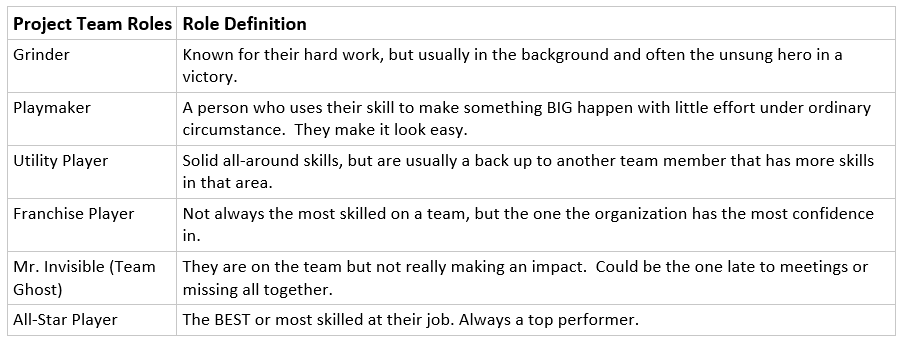Good News! PMI’s 2017 Pulse of the Profession 2017 is showing a rise in project success rates. The Bad News — there are as many definitions, assumptions, and caveats to those measurements as there are organizations that monitor this sort of thing. The fact remains that there is a constant struggle to deliver successful projects.
As I’ve mentioned before, most projects fail for people reasons…lots of people reasons. When a project starts to spin out of control, the reaction is to hold the reins tighter. Also known as, More Project Governance. In some combination, a typical organizational response is to:
- Ask for more frequent status reports
- Ask for the status information to be delivered in a different way or in a different medium
- Add more oversight (i.e. another management layer)
All of these requests add complexity to the project and perpetuate the idea that Project Management is Task Management. What is rarely addressed and central to successful Project Governance is decision making. Specifically, who has the authority, responsibility, and accountability for the day to day decisions that propel a project forward.
If you are using a Project Coaching model, this is where knowing the “role” that each of your project team members can play will help. Here’s a few role definitions to consider:

By understanding which of these roles each team member aligns to, work can be appropriately and pro-actively assigned to maximize team success. But more importantly, it’s a more effective way to react to a project situation.
A common project scenario:
There is a critical path project deliverable that has been assigned to the “All-Star” team member, however that person un-expectantly takes time off and isn’t available to do the work. Note: This could be truly unexpected OR the person forgot to mention that 2 week vacation to the Project Manager until the day before. (Yes, it happens more than you think).
Using the Project Coaching model, a combination of efforts from the Franchise Player & Grinder or Franchise Player & Utility Player would minimize impact to the project. Since this is a crucial project deliverable, using the Franchise player will help provide confidence to the organization that the project is under control. Under no circumstances would this work be given to Mr. Invisible. Knowing how and when to use your team players in a critical game situation will minimize the negative chain reaction that could occur when the All-Star is not in the play.
Due to the simplicity of the example, this might look like classic resource management. But it’s really a way to invoke the implicit Project Governance that already exists in each organization. Rarely, does a single project issue sink a project. It happens over time, through in small atypical instances. So, using a combination of players to fill the work gap reinforces the authority, responsibility, and accountability on the day to day basis necessary for project success. And all of this is done without complicating the project with increased oversight and status reporting in Project Governance.
The KISS Principle applies here too.
___________
If you found this article helpful, connect or follow Tiffany Rosik on LinkedIn.
Tiffany Rosik, with TGR Management Consulting, is focused on helping software development companies in the healthcare industry achieve customer success by developing a scalable model to efficiently deploy software, coordinate resources and manage team communication.




